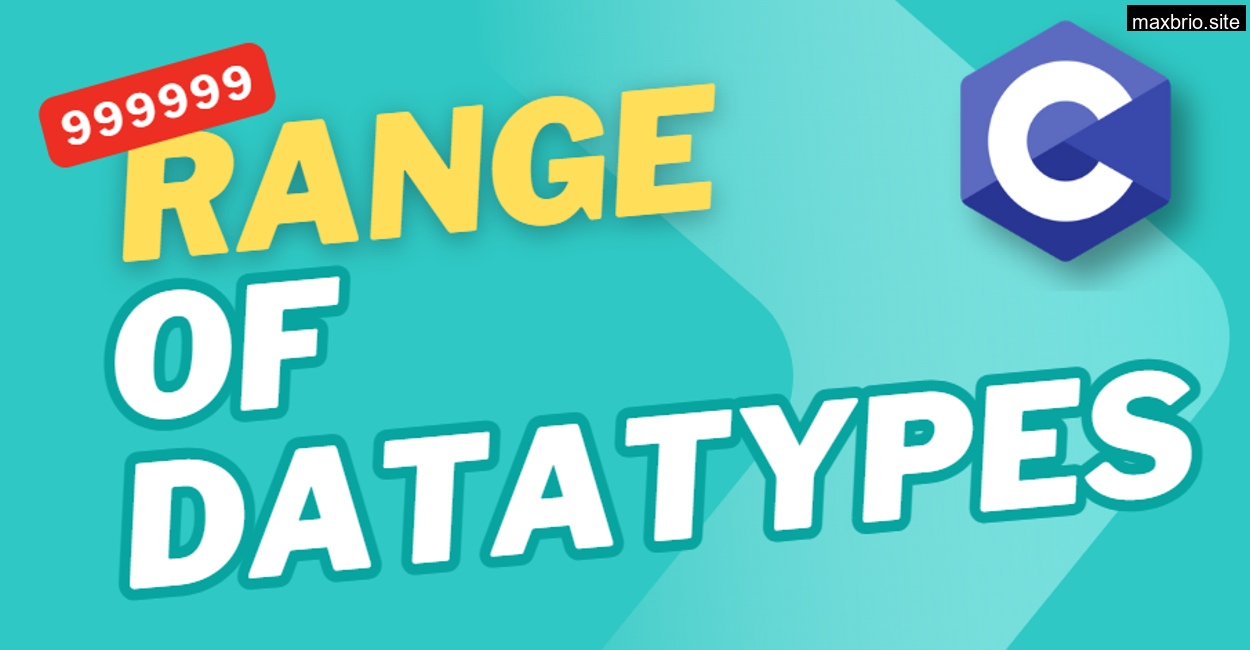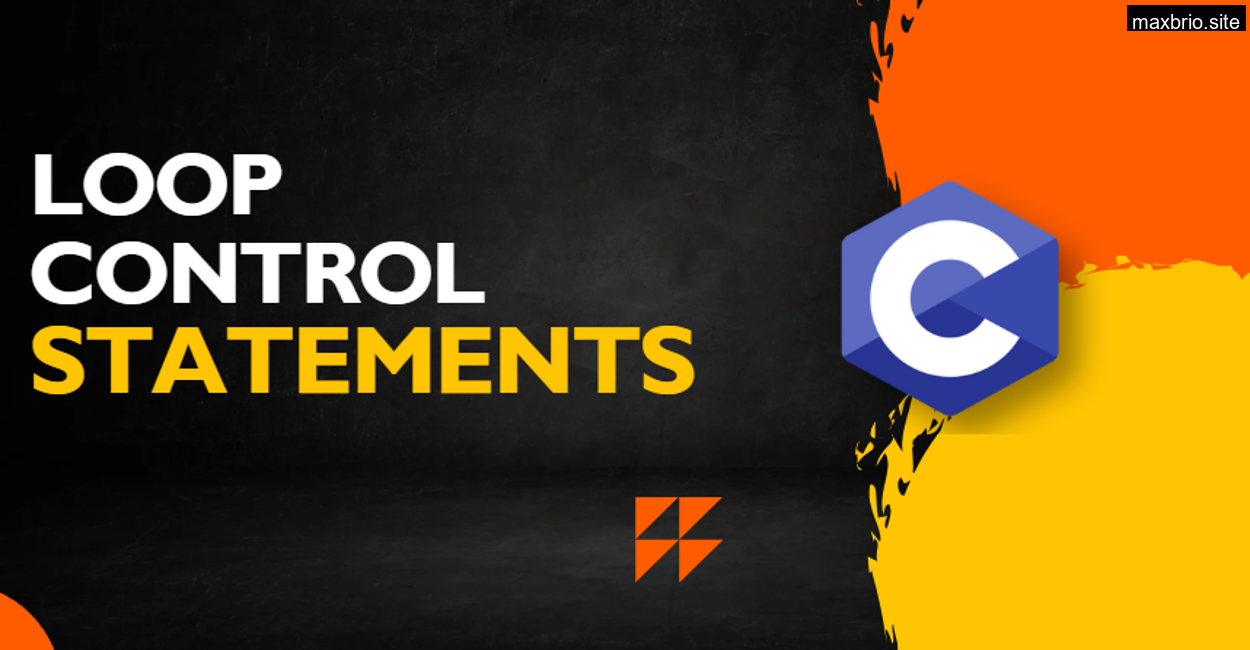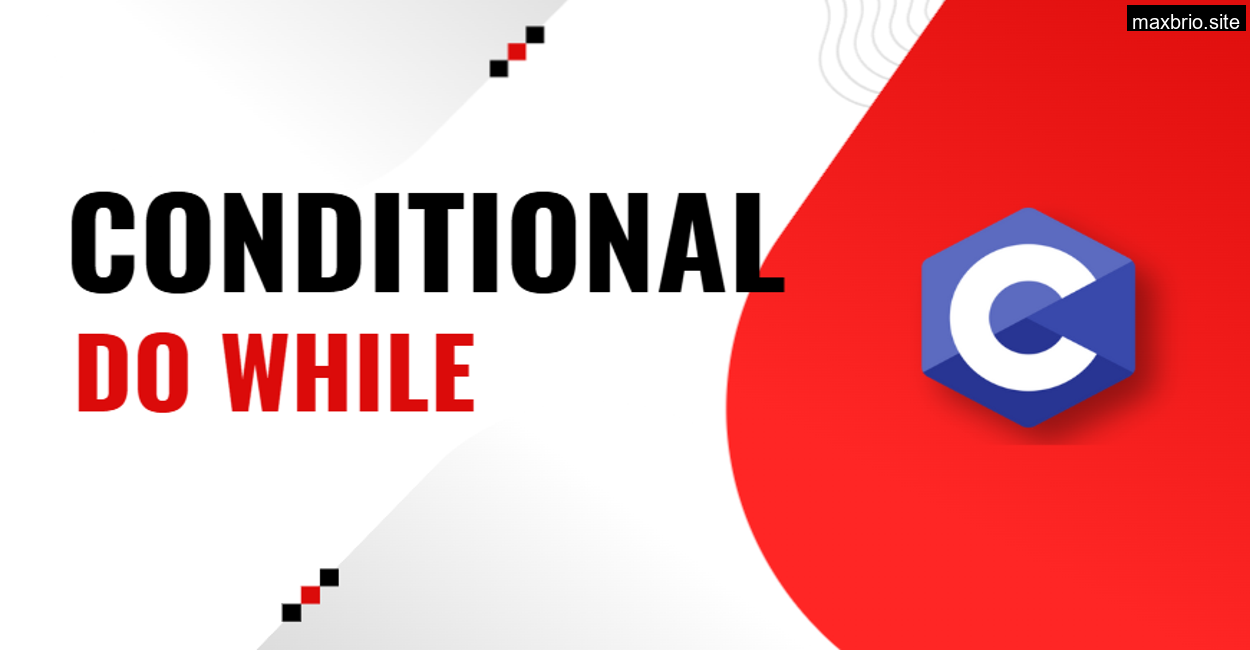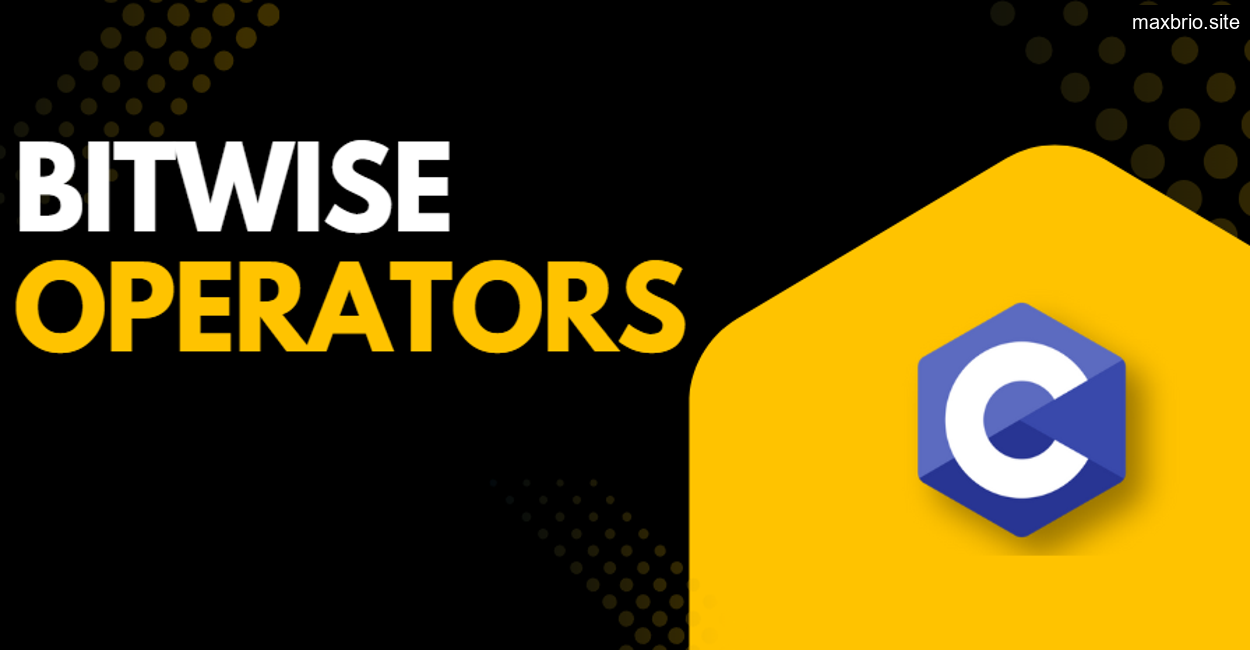“Sir, I think my computer’s haunted.” That’s what Aarav blurted out after compiling his code. It was a lazy Wednesday afternoon, the kind where the computer lab smells faintly of dust and hot metal. Most students were battling sleep or syntax errors. Aarav had just tried assigning 999999 to a short int. His logic was flawless, the syntax impeccable. But the output? A weirdly twisted negative number that didn’t make any sense.
I walked over. Looked at the monitor. Saw the code. Smiled.
“Congratulations,” I said. “You’ve just met your first integer overflow.”
That day became one of those rare lessons that didn’t just teach the ‘what’ but dug into the ‘why’and changed how my students thought about variables forever.
Let’s Ask a Simple Question: How Big is a Box?
In programming, a data type is like a box. You can put values in itbut only if they fit.
Imagine you’re moving houses. You’ve got a suitcase that can hold 10 kg. What happens if you try to stuff in 15 kg?
Zippers break. Socks spill out. You either upgrade the suitcaseor deal with the mess.
In C, that “mess” is called overflow.
Each data type has a maximum (and minimum) value it can hold. If you try to exceed itlike stuffing 4294967296 into a 32bit unsigned intthe value wraps around.
And the result? Often something completely unexpected.
Rewinding to the Basics: What is Overflow?
Overflow is what happens when you assign a value to a variable that exceeds the storage limit of its data type.
Let’s see a simple example:
#include <stdio.h>
int main() {
short s = 40000;
printf(“%d\n”, s);
return 0;
}
You might think this will print 40000. But it doesn’t.
On many systems, the maximum value a signed short int can hold is 32767. So when you assign 40000, it doesn’t fit. Instead, the binary representation wraps aroundjust like a car’s odometer rolling over from 999999 back to 000000.
The result is often a negative number or something seemingly random. But it’s not random. It’s binary math.
Limits.h: The Reality Check We All Need
After Aarav’s meltdown, I pulled up limits.h on the projector.
We explored these:
#include <limits.h>
printf(“Max short: %d\n”, SHRT_MAX);
printf(“Min short: %d\n”, SHRT_MIN);
printf(“Max int: %d\n”, INT_MAX);
printf(“Min int: %d\n”, INT_MIN);
printf(“Max unsigned int: %u\n”, UINT_MAX);
That moment, something clicked. Students realized that these “invisible” numbers had always been defining the behavior of their code.
A few even went back to earlier bugs and suddenly understood why 30000 was showing up when they expected a perfectly fine 35000.
I often say: “limits.h doesn’t lie. Your assumptions do.”
Unsigned vs Signed: One Bit Makes All the Difference
Another fun moment came when we switched from signed to unsigned integers.
unsigned int u = 4294967295; // Max value for 32bit unsigned int
printf(“%u\n”, u); // Expected, prints: 4294967295
u = 4294967296; // Just 1 more
printf(“%u\n”, u); // Surprise! Prints: 0
“Wait… WHAT?!” Riya almost shouted. She rubbed her eyes.
That one bitused for sign in signed integersbecomes usable for storage in unsigned types. So while a 32bit signed int can store from 2147483648 to +2147483647, the unsigned variant ranges from 0 to 4294967295.
Go one above that?
Boom. Back to zero.
Like a MOD function. Like a clock.
Overflow as a MOD Function: Teaching with Metaphors
This part of the class is where I bring out The Clock Analogy.
Think of a clock. It goes from 1 to 12. What happens after 12?
You go back to 1.
In C, a 3bit unsigned number can represent values from 0 to 7. If you try to store 8, you’re out of bits.
Let’s break it down:
3bit binary: 000 => 0
001 => 1
010 => 2
011 => 3
100 => 4
101 => 5
110 => 6
111 => 7
Now try to store 8: you’d need 1000, which is 4 bits. Not allowed.
So the 3bit system wraps to 000, which is 0 again.
Hence, overflow = value MOD (2^n), where n is the number of bits.
For a 32bit unsigned int:
Overflow = value % (2^32)
And for a signed int, things get a little twisty due to 2’s complement.
Signed Overflow: The Emotional Rollercoaster
One of the most shocking demos I do in class is this:
int i = 2147483647; // Max signed int
i++;
printf(“%d\n”, i);
Expected? Maybe 2147483648?
Actual? 2147483648.
Jaw drops, eyes widen.
In a 32bit signed integer, the maximum is +2147483647. The minimum is 2147483648. Go one above max? It wraps to the min.
Why?
Because in binary, we use 2’s complement to represent negative numbers.
So just like going from 12 o’clock to 1 o’clock on a clock, we go from +2147483647 to 2147483648. Think of it as a 32bit MOD ring that also understands negative time.
One student once said: “It’s like teleporting from heaven straight to hell in a single increment.”
I couldn’t have explained it better myself.
When Overflow Bites: RealWorld Consequences
Overflow isn’t just academic.
It’s dangerous.
In 1996, the Ariane 5 rocket exploded midair due to an integer overflow error.
They reused software from Ariane 4which had slower horizontal velocity. Ariane 5 was faster. Much faster. The horizontal velocity variable (stored as a 16bit signed int) overflowed, and the system crashed.
Billions lost.
In security, buffer overflows and integer overflows are often exploited to execute malicious code.
Never underestimate the power of a few bits gone wrong.
Choosing Data Types: Don’t Just “Int” Everything
When I ask students what data type they’ll use, the answer is almost always “int.”
Why?
Because it’s convenient. Familiar. Feels like a safe default.
But think of a warehouse manager. Would they use a giant shipping container to store a single pen? Or a jewelry box to hold cement?
Choosing the right data type saves memory, prevents bugs, and communicates intent.
If you’re storing age, use unsigned char. For population, maybe unsigned long long.
Be mindful.
The compiler can’t protect you from every mistake. Sometimes the enemy is that innocentlooking number.
Visual Aids: The Bit Board
To hammer it home, I sometimes draw a “bit board” on the whiteboarda table of 8bit binary values from 00000000 to 11111111. I point out where the wrap happens. We even act it out physically in class: one student plays the binary counter, another overflow detector, and a third logs the result.
We laugh. We stumble. But we remember.
Because memory, in code and in life, is built through emotion and metaphor.
Final Thought: Overflow is Inevitable But Predictable
Like time, overflow doesn’t stop. It just keeps cycling.
But if you understand it, you can predict it. You can prevent it. Or even use it.
Yes, there are times when overflow is deliberate. Cryptography uses it. Hash functions thrive on it. Bitmasks dance with it.
But the key is awareness.
Don’t let your integers surprise you. Know your limits. And always, always check limits.h before diving into deep water.
Because in C, the computer doesn’t complain when you overflow.
It just smilesand wraps around.
Why does the output become negative when I exceed int max?
Because signed integers use 2’s complement representation. When you go beyond the positive limit, the binary rolls over into the negative range.
Is overflow behavior consistent across all systems?
Not always. While most modern systems follow the same limits for types like int and short, architecture and compiler settings can affect exact behavior.
How can I prevent overflow in my programs?
Use larger data types (long, long long, uint64_t), apply range checks before assignments, and consider using safe libraries or compile time warnings like ftrapv.
What happens if I assign a float to an int? Can that overflow too?
Yes, converting a large float to a smaller int can result in loss of precision or overflow. The decimal part is truncated, and if the integer part is too large, you’ll get undefined behavior.
Is overflow the same for floating point numbers?
No. Floating point numbers have a concept of “infinity” and “NaN” (Not a Number). They don’t wrap around like integers; instead, they saturate to special values.










